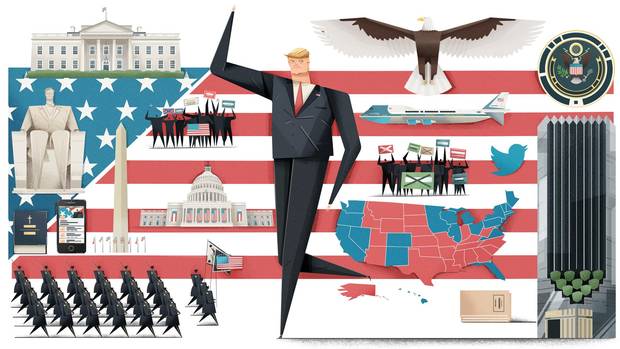
What's happening when on Friday
Here are some key events to watch for (all times Eastern):
- Swearing-in on Capitol Hill: 12 p.m.
- Parade to the White House: 3 p.m.-5 p.m.
- Inaugural balls: 7 p.m.-11 p.m.
Stay tuned to globeandmail.com for live updates once the day's events get under way.

How to hand over a presidency in 10 steps
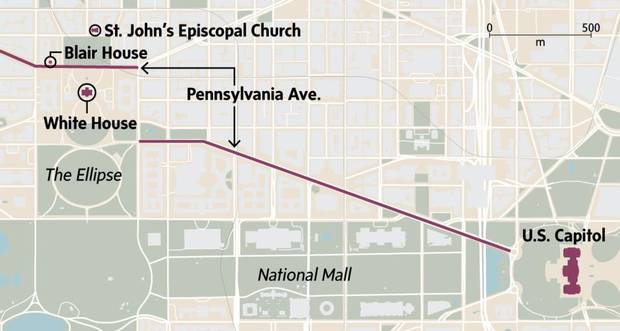
MAP AND ILLUSTRATIONS BY MURAT YUKSELIR/THE GLOBE AND MAIL
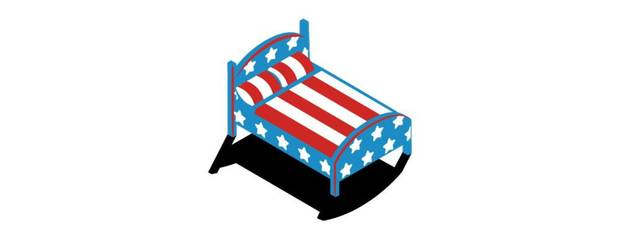
1. A good night's sleep
Since 1976, the president-elect has traditionally spent the night before Inauguration Day at Blair House, the presidential guest house ( see map). The New York Times reported last month that Mr. Trump had considered staying at his Washington hotel instead, which the Trump transition team denied.
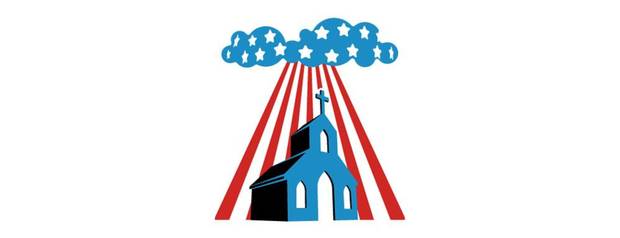
2. A morning with God
Morning prayer services have been customary for presidents-elect since Franklin D. Roosevelt's inauguration day in 1933. Mr. Trump's is expected to be held at St. John's Episcopal Church ( see map), which Barack Obama and George W. Bush also attended before their inaugurations.

3. Coffee break
The outgoing president's last act in the White House ( see map) is a short meeting for coffee with their successor before the inauguration procession.
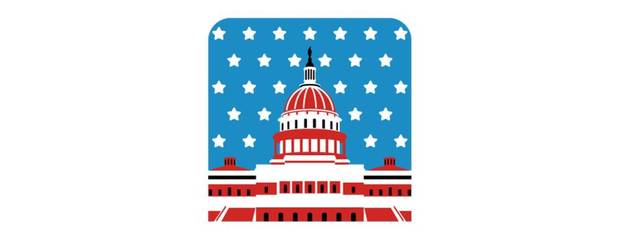
4. Here we go
After a brief meeting, the old and new president leave the White House and travel down Pennsylvania Avenue to the west front terrace of the Capitol building ( see map), with their families, cabinet members and members of the inaugural committee joining behind them.

5. The vice-president's moment
At the inauguration podium, the vice-president-elect gets sworn in before the president-elect. Unlike presidents, whose oath is written down in the Constitution, vice-presidents need only swear to uphold the Constitution; their oath is only a convention, and has changed a few times. This is the current version, used since 1884:
I do solemnly swear [or affirm] that I will support and defend the Constitution of the United States against all enemies, foreign and domestic; that I will bear true faith and allegiance to the same; that I take this obligation freely, without any mental reservation or purpose of evasion; and that I will well and faithfully discharge the duties of the office on which I am about to enter: So help me God.
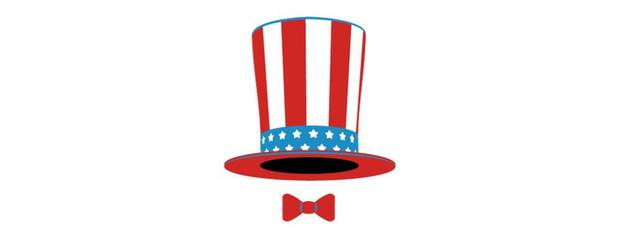
6. The president's moment
Next, the president-elect gets sworn in by the Chief Justice of the Supreme Court, usually with their right hand raised and their left hand on a Bible. The inaugural committee says Mr. Trump has opted for two Bibles at his swearing-in: His own, a gift from his mother, and the one Abraham Lincoln used at his first inauguration in 1861. (Mr. Obama also doubled up on Bibles at his inaugurations; at his last one in 2013, he paired the Lincoln Bible with one used by Martin Luther King Jr.)
The president's oath is set down in the Constitution, though presidents-elect usually add "so help me God" at the end:
I do solemnly swear [or affirm] that I will faithfully execute the Office of President of the United States, and will to the best of my ability, preserve, protect and defend the Constitution of the United States.
Once that's over, the president-elect is officially the president. Meanwhile, back at the White House, the old and new presidents' staff start the final handover of the bureaucracy, a complicated process that takes months to plan.
Here's a primer from The Globe's Joanna Slater on how the old staff train their successors and how the new staff get introduced to the White House for the first time.
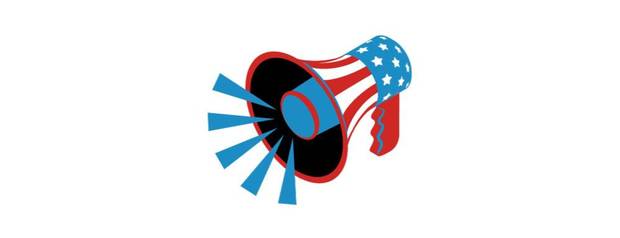
7. The big speech
Every president since George Washington has given an inaugural address, sometimes before taking the oath, but usually after. Washington's second inaugural address was the shortest, at 135 words. The longest address, 8,445 words long, was given in 1841 by William Henry Harrison – the nation's shortest-serving president – who died a month later of an illness his contemporaries misattributed to the bitterly cold weather at his inauguration day.
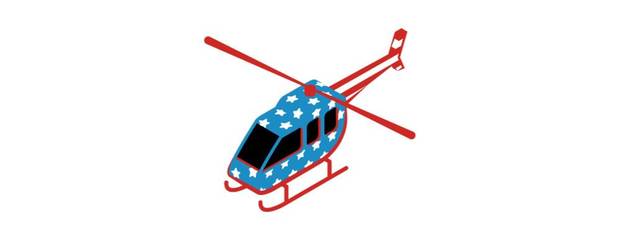
8. Get to the chopper
After modern inauguration ceremonies, the new president escorts his predecessor and the departing first lady through a military cordon to get out of the Capitol and be flown away in a helicopter to begin their post-presidential lives elsewhere.
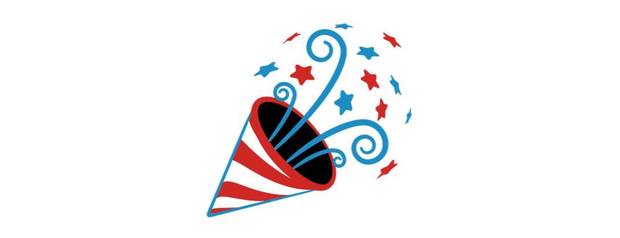
9. The after-party
The newly sworn-in president heads back to the Capitol building for a luncheon in Statuary Hall hosted by the inaugural joint committee. These lunches have become lavish affairs since the current tradition began in the 1950s.
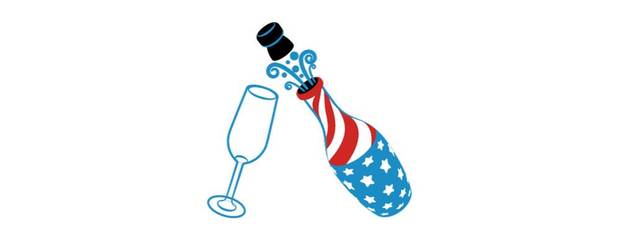
10. The after-after party
After lunch, the president and vice-president go back down Pennsylvania Avenue to the White House in an elaborate parade of military regiments, citizen's groups, performers and floats. In the evening, the president then ends the day at inaugural balls.

A field guide to Washington on Inauguration Day
Military personnel walk along the National Mall in Washington on Wednesday - days before Donald Trump’s presidential inauguration.
John Minchillo/Associated press
How many people are going?
The best-attended presidential inauguration was the 2009 swearing-in of Barack Obama, which, by the District of Columbia's official tally, attracted crowds of 1.8 million in the U.S. capital. By some early estimates, Mr. Trump will be lucky to get even half that number, though not for lack of trying: Last month, he urged his Twitter followers to "set the all time record" for attendance.
How many people is that, exactly?
Even if Mr. Trump draws a crowd of 800,000 to 900,000, that's a big crowd – about 9 per cent of Washington's total population. For comparison: Canada Day celebrations in downtown Ottawa typically draw about 350,000 people. And that's in summertime, whereas the inauguration falls during Washington's coldest month of the year (which, by Canadian standards, isn't that cold; the daytime forecast for Jan. 20 is about nine degrees Celsius, with a chance of rain).
Who gets to go to the inauguration?
Anyone can show up at the National Mall to watch the ceremony, but access to the Capitol grounds is ticket-only. The inauguration committee issued 250,000 free tickets to congressmen and senators to give away to any of their constituents who ask for them.
Who will be protesting?
Mr. Trump, who angered many voters last year with some incendiary boasts about sexual assault, will see a broad coalition of feminist and anti-racist groups gather in the capital at the Women's March on Washington on Saturday. More than 600 events in solidarity are planned around the world, including at Parliament Hill in Ottawa, Queen's Park in Toronto and city halls in several Canadian cities. Other groups are planning demonstrations and education events in Washington throughout the week.
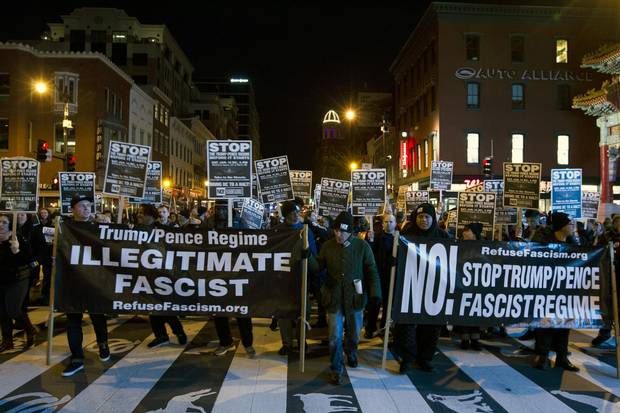
Demonstrators holds banners and signs during an anti-Trump march in downtown Washington on Jan. 15, 2017.
JOSE LUIS MAGANA/ASSOCIATED PRESS
What will security be like?
Keeping Mr. Trump safe is an expensive undertaking; New York City has already spent roughly $500,000 a day protecting the president-elect's Trump Tower headquarters. With thousands of anti- and pro-Trump demonstrators planning to converge on Washington, the city could be a powder keg for security organizers.
Last month, The New York Times estimated total security costs could reach $100-million and involve tens of thousands of military, law-enforcement and intelligence officials.
How will organizers make sure they get this right?
On Jan. 15, organizers held a dress rehearsal for the inauguration ceremony, complete with U.S. Army band members standing in for the president, the vice-president and their wives.
Army Sergeant-Major Greg Lowery, left, plays the part of president-elect Donald Trump at an inauguration dress rehearsal on Jan. 15, 2017. Army Spc. Sara Corry is playing the part of Melania Trump.
EVAN VUCCI/GETTY IMAGES
What about the VIPs?
Hillary Clinton, Mr. Trump's Democratic rival in the 2016 election, is planning to attend the inauguration along with her husband, former president Bill Clinton. Two of Mr. Clinton's fellow ex-presidents, George W. Bush and Jimmy Carter, are coming, too.
What's the entertainment like?
Few celebrities have openly said they'll go to the inauguration. Others who were scheduled to perform at inauguration events have since cancelled, some citing scheduling conflicts (such as Ottawa-born singer Paul Anka) and others bowing to pressure from outraged fans (like Broadway star Jennifer Holliday). So far the entertainment on Jan. 20 includes Jackie Evancho, a classical crossover singer who's performing the national anthem, as well as members of the Mormon Tabernacle Choir, some of the Rockettes and military bands who'll be marching in the parade.
Mr. Trump's team has tried to play down the potential lack of star power; event organizer Tom Barrack said last week that Mr. Trump was already "the greatest celebrity in the world."
Who won't be there?
Democrats: Dozens of Democratic lawmakers have announced they'll skip the ceremony, angered at Mr. Trump's attack on civil-rights leader John Lewis over the Martin Luther King Day holiday weekend.
Republicans: The oldest living U.S. president, 92-year-old George H.W. Bush, has said he won't attend, citing poor health.
Canadians: Prime Minister Justin Trudeau is going on a cross-country tour to reconnect with the Canadian public, so he's skipping the inauguration and sending a high-level Canadian delegation instead.
THE U.S. PRESIDENCY: MORE FROM THE GLOBE AND MAIL
